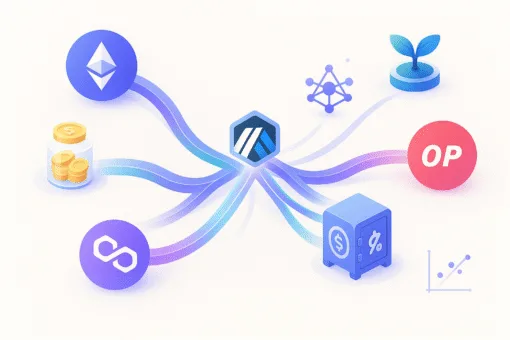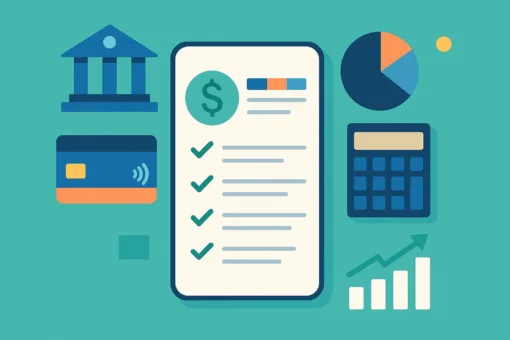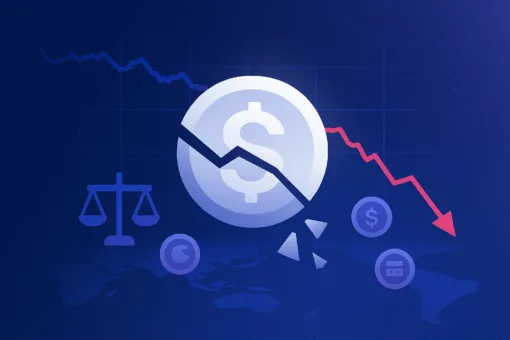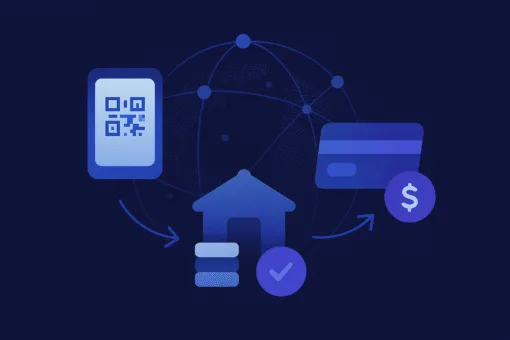Payoneer has quietly built one of the most robust and widely used financial platforms for cross-border payments. Founded in 2005, the company now serves over five million users in more than 190 countries, facilitating transactions in over 150 currencies. In this Payoneer review, we take a detailed look at how the platform has grown into a global fintech infrastructure provider, supporting everyone from freelancers and SMEs to global marketplaces and enterprise platforms.
While often compared to PayPal or Stripe, Payoneer occupies a unique niche, it doesn’t just process international payments. It powers financial operations for a global workforce, from the gig economy to Amazon sellers, offering multi-currency accounts, mass payout infrastructure, banking alternatives, and working capital products. It’s an embedded, multi-rail solution for global digital commerce.
Payoneer Business Model: B2B Infrastructure with Consumer-Grade UX
At its core, Payoneer is a B2B fintech company. Its revenue model blends transaction fees, FX margins, card fees, and value-added services. Users can receive payments into virtual bank accounts denominated in USD, EUR, GBP, and other major currencies, then withdraw to their local bank in local currency. Payoneer applies a spread on the FX rate, which forms a significant portion of its revenue.
For larger clients, especially platforms and marketplaces, Payoneer provides mass payout solutions and treasury infrastructure. These services are charged through custom contracts and volume-based pricing. Payoneer also monetises through prepaid Mastercard usage fees, ATM withdrawal charges, and currency conversion when users spend globally.
More recently, it has expanded into financial services. This includes capital advances, invoice financing, and merchant working capital products tailored to e-commerce sellers. These offerings are still growing but represent an important step toward embedded finance.
Strategic Positioning: Bridging the Gaps of Global Finance

Payoneer’s strategic strength lies in its ability to bridge two often disconnected worlds, developed-market platforms and emerging-market service providers. Where global banks struggle with cross-border inclusion and fintechs focus on single-market optimisation, Payoneer has created a global clearing layer between online platforms and borderless workers.
Its ecosystem model is powerful. For example, Amazon sellers in China, Ukraine, or Brazil receive payments into their Payoneer account from Amazon US or EU. Freelancers working on Fiverr or Upwork can receive funds in USD, convert to their local currency, and spend with a Payoneer card or withdraw to a local bank. On the other side, Payoneer integrates directly into the back-end of these platforms to manage compliance, payouts, and reconciliation.
This platform-centric model gives Payoneer sticky volume and low acquisition cost. The user doesn’t always choose Payoneer as a payment option, the platform does. This gives it a near-B2B2C model, with network effects that compound as more platforms onboard and offer Payoneer as their default payout solution.
Payonner: Building a Global Financial Network
Unlike many consumer-facing fintechs, Payoneer’s moat is not branding or mobile UX. It is its global financial infrastructure. The company holds licences and operates partnerships with banks, payment processors, card networks, and regulators across dozens of jurisdictions. It has built virtual account capabilities in key currencies, enabling local receipt of funds, a feature that’s very difficult to replicate at scale.

Payoneer’s compliance infrastructure is also a competitive strength. It manages onboarding, KYC, AML, and cross-border reporting for both individual users and platform partners. This allows marketplaces to outsource much of their compliance burden to Payoneer, reducing friction and liability.
The company has also invested in treasury automation, multi-entity account structures for platforms, and programmatic FX conversion. These features are less visible to users but critical for scaling volume efficiently and remaining compliant with cross-border financial regulations.
Platform Integration: Powering the Global Gig and Commerce Economy
Payoneer is deeply embedded in the infrastructure of many leading digital platforms. Its integrations with Amazon, Fiverr, Upwork, Airbnb, Rakuten, and others make it a default payout provider for a large portion of the world’s gig workers and e-commerce merchants.
For platforms, Payoneer handles not just payments, but compliance, onboarding, and settlement. This creates a strong B2B moat. Platform clients don’t just plug in a payment button, they rely on Payoneer to help scale their global workforce or seller base.

This strategy has another benefit, it enables Payoneer to aggregate user data and payment history across multiple platforms. This cross-platform intelligence can support underwriting, reduce fraud, and improve user experience. For example, a seller with strong revenue on Amazon can access working capital even if they have limited formal credit history.
Competitive Landscape: Between PayPal, Wise, and Stripe
Payoneer sits at a strategic midpoint between consumer wallets like PayPal, international transfer services like Wise, and embedded infrastructure platforms like Stripe. Each of these companies overlaps with Payoneer in different ways, but none replicate its full stack or focus on cross-border earnings for platform participants.
PayPal has stronger consumer adoption and merchant acceptance, but is less focused on marketplace payouts or multi-currency receiving accounts. Wise has better FX pricing and a slicker interface for direct transfers, but it lacks the deep platform integrations and mass payout capabilities Payoneer offers. Stripe has rapidly expanded its Connect product for platforms, but it is still centred on card-based, domestic payments and lacks Payoneer’s global banking infrastructure.
In emerging markets, local players like Airwallex, dLocal, and Rapyd are growing fast, but they tend to focus on collections and pay-outs rather than ongoing wallet infrastructure. Payoneer’s advantage is in its full-stack, global-first architecture, something that has taken nearly two decades to build.
Payoneer Growth Areas and Strategic Challenges
Payoneer is doubling down on financial services. The company has launched working capital products, seller financing, and invoice-based lending. It also offers enterprise-level treasury tools for platforms and B2B pay-out orchestration. These higher-margin services are a natural extension of its existing infrastructure.
Geographically, Payoneer is expanding deeper into Latin America, Africa, and South Asia, regions with significant freelancer and SME growth but poor banking infrastructure. By combining wallet services, FX conversion, and prepaid cards, it offers a near-complete alternative to the local banking system.

However, Payoneer also faces challenges. Regulatory scrutiny on cross-border flows is increasing. Compliance and fraud risks grow with scale. Margins on FX and card revenue are under pressure from competition. And platform dependency means that shifts in marketplace policies or integrations could impact growth.
To maintain leadership, Payoneer must evolve from a payments layer into a full financial services platform for global users, without losing its reliability and regulatory edge.
Final Thought: Payoneer in the Global Digital Economy
This deep Payoneer review shows a company that has quietly become essential to the financial infrastructure of global digital work and trade. While not always in the headlines, Payoneer powers millions of daily transactions that keep marketplaces, freelancers, and small businesses connected across borders.
Its combination of global reach, platform integration, regulatory trust, and financial services roadmap gives it a unique role in the future of borderless commerce. As the gig economy grows, and as global selling becomes the norm, Payoneer is well positioned to become not just a payment provider, but a global financial backbone.
















